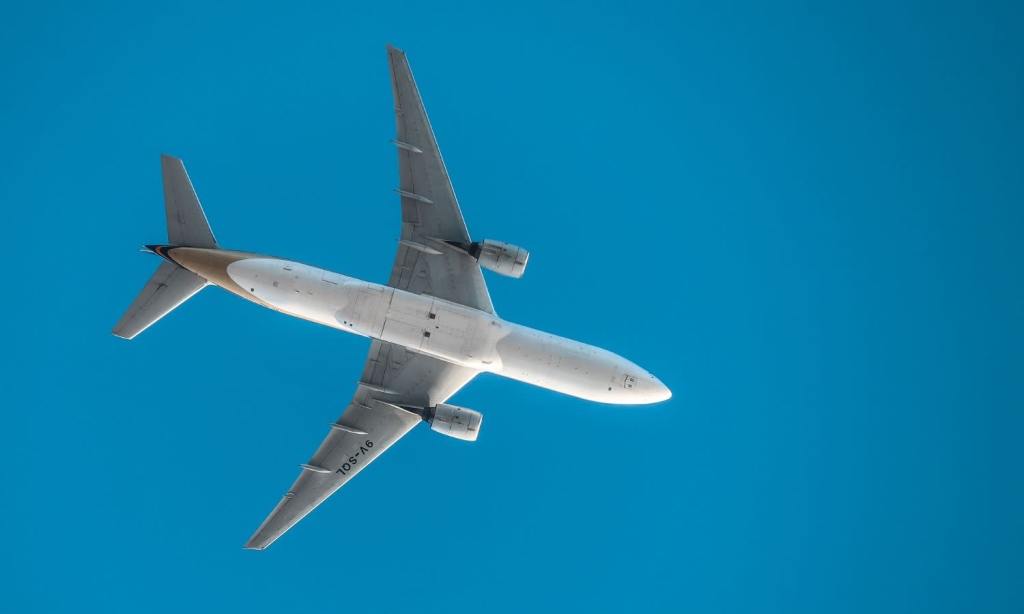If you suspected that the cost of travelling by air was getting ever more ludicrous, new data has shown that you are, in fact, not imagining things. Airlines have been stacking on the fees and extras since the pandemic, driving up the cost of air travel.
A recent study has found that ‘ancillary costs’ — that is, things like seat selection, checked baggage, and food options — have increased by 7.7% since 2019. Across the industry, this has resulted in USD $117.9 billion in additional revenue for airlines.
Consultancy firm IdeaWorks and travel company CarTrawler collected data on 190 global airlines. They found that ancillary purchases customers make on their plane tickets now make up an average of 14.7% of an airline’s revenue, up from 6.7% in 2014. It’s a trend the report sees as showing no signs of slowing down.
“Ancillary revenue continues to be a consistent and predictable revenue driver for airlines in the face of unpredictable fare price fluctuations,” Chief Commercial Officer of CarTrawler, Aileen McCormack said.
“As we see passenger numbers continue to rise, we expect airlines to continue to
pivot and devise new ancillary revenue streams”.
The report found that the airline industry has yet to fully recover from the pandemic but that it is expected to do so next year. There has been a 28% increase in air travel this year compared to last with an additional 800 million passengers being carried.
Overall, the industry is seeing a drop in the price of the average international flight thanks to increased competition. Low-cost carriers, which typically employ more ancillary sales in their purchase options, are becoming more dominant, increasing their market share from 25% in 2020 to 31% in 2022.
The trend of increased ancillary purchases is not, however limited to low-cost options. The report assesses that more and more airlines are adopting extra pricing options in their booking system as it’s a proven method to shore up against an unpredictable and competitive market.
“I expect airlines in Europe and the rest of the world are taking note of this development and evidence of the real returns it’s bringing in terms of yield,” McCormack said.
Why Are Flights So Expensive?
The phenomenon of ancillary costs partly explains why flights are so expensive. Airlines work collectively to keep the cost of flights high, ensuring they can charge as much as possible for a ticket. But ancillary extras have been the fastest-growing revenue stream for well over a decade.
In order for that to work, airlines are incentivised to make your flight as uncomfortable as possible so that you’re willing to fork out for extras. They shorten legroom, reduce included meals, and shrink baggage allowances so that you’re increasingly pushed to spend more. Way back in 2014, The New Yorker noticed the ongoing trend and asserted that “airlines want you to suffer.”
Aside from the higher fees for conditions we had come to expect as standard, flight prices are high because of the COVID-19 hangover. The International Air Transport Association (IATA) reported in May that while demand is up, seat capacity is still down 3.9% on 2019. In addition, airlines are having to pay more for fuel, with jet fuel increasing 150% in the past 12 months. These are your standard market forces at play.
When Will FlightPrices Come Down?
In Australia, we’re getting it from both ends. Our international travel market has never been the cheapest, owing to the fact that we’re such a large country, we typically travel to very far away places, and we only have two domestic airlines who are viciously protective. However, flights in and out of Australia are higher than what the rest of the world is paying currently.
Qantas, Australia’s largest airline, announced in May that it wouldn’t be able to meet international flight capacity until 2028, thanks to still grounded planes, necessary upgrades, and staffing issues. This is great news for shareholders of Qantas but less so for the rest of us, who are stuck paying 50% more on average for international flights than what we were paying in 2017. Since September, fares have almost doubled.
Qatar Airlines offered to run an extra 28 flights per week into Sydney, Melbourne, and Brisbane, which would have helped alleviate pressure and drive costs down with more competition.
However, since that bid was scrapped by the federal government, who have claimed that the commercial interests of Qantas and Virgin were not taken into consideration when making the decision, it’s going to be a long time before flight prices drop.
A formal white paper into the lack of competition in the Australian aviation space is due next year.
Related: Suborbital Flights: Fly From Sydney to London in Less Than Two Hours
Related: Planning a Trip to Greece? These Are the Best Months to Book Your Flights
Read more stories from The Latch and subscribe to our email newsletter.







